

All About the Life and Service of Samurai Warrior Tomoe Gozen
Summary
Tomoe Gozen, a legendary female samurai, was an important warrior during the Genpei War (1180-1185), a pivotal conflict that elevated the samurai class in Japan. Renowned for her exceptional bravery and combat skills, she played a crucial role in the war, challenging traditional gender roles and leaving a lasting legacy in samurai history. This article delves into Tomoe Gozen’s life, her significant contributions to the Genpei War, and her enduring impact as one of the few female warriors in Japanese history.
Reflection Questions
- Considering the historical and cultural context of Tomoe Gozen’s Japan, how do you think her story influenced the perception of women in her time and in the centuries that followed? Are there aspects of her story that resonate with or diverge from the societal expectations of women in your own cultural context?
- Tomoe Gozen is celebrated for her exceptional skill as a samurai, a role traditionally dominated by men. How does her story challenge your perceptions of gender roles in historical contexts? Can you identify modern parallels where women break through gender barriers in male-dominated fields?
- Tomoe Gozen’s legacy is not only a matter of her physical prowess but also her leadership and courage. How do you define strength for yourself, and in what ways do you find strength being represented or misunderstood in society today, especially regarding women?
Journal Prompt
Every culture has its heroes and heroines, each embodying different values and qualities. Explore a hero or heroine from your own cultural background or another culture that interests you. What qualities do they possess, and how do these figures inspire or resonate with you personally?
The Genpei War unfolded between the influential Taira and Minamoto clans in what is now Japan from 1180 to 1185. This tumultuous period marked a significant shift in power dynamics and ultimately led to the rise of the samurai class as the dominant force in Japan. Amidst the chaos of battle and political intrigue, one incredible female figure stands out. One of few female samurai warriors, Tomoe Gozen was an incredible woman whose bravery and skill on the battlefield have become the stuff of legend. Throughout her life, the famous female samurai played a crucial role in the Genpei War, distinguishing herself as a formidable combatant and earning admiration for her leadership and courage. In this article, we reflect on the life and service of woman warrior Tomoe Gozen, exploring her remarkable contributions to Japanese samurai history, with a particular focus on her participation in the Genpei War.
Tomoe Gozen: What Legend Says About Her Early Life and Background
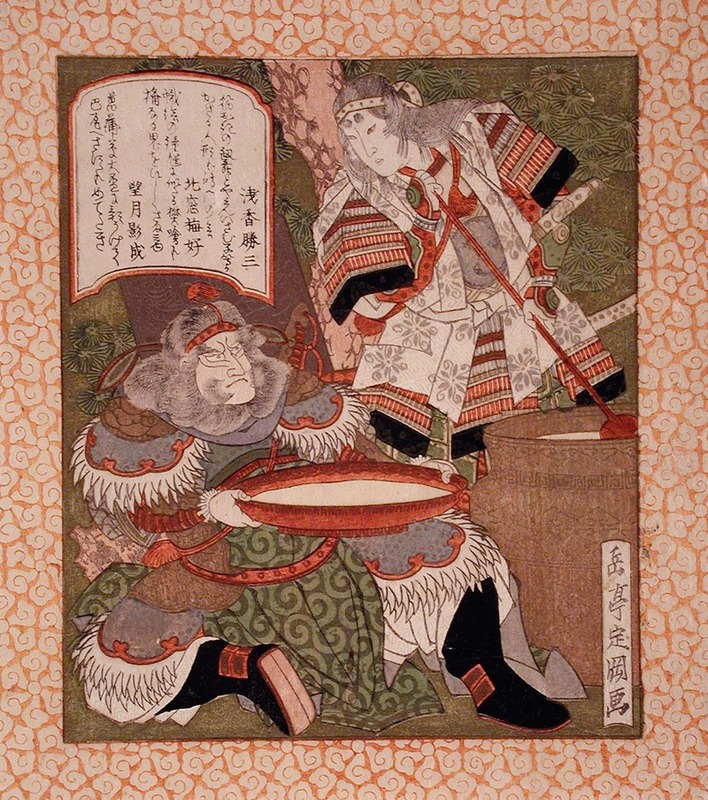

Tomoe Gozen’s exact date of birth remains uncertain, as does much of her early life. However, it is believed she was born into a samurai family during the late Heian period (794-1185) in Japan. Her upbringing likely followed the traditional paths of aristocratic samurai households, where she would have been taught the customs, etiquette, and basic skills expected of a samurai’s daughter. While details about her childhood are scarce, it’s likely that from a young age, she was exposed to the martial ethos and cultural values that defined samurai society.
Training in Martial Arts and Warfare
As a member of a samurai family, Tomoe Gozen would have received rigorous training in martial arts and warfare from a young age. She would have been schooled in various combat techniques, including archery, swordsmanship, horseback riding, and strategic tactics.
The samurai code of Bushido, emphasizing loyalty, honor, and martial prowess, would have been instilled in her throughout her training. Tomoe Gozen’s exceptional skill and proficiency in combat would have been honed through years of disciplined practice and instruction, preparing her for the challenges she would later face on the battlefield.
Her Rise to Prominence
Tomoe Gozen’s rise to prominence in Japanese society was likely propelled by her exceptional talent and skill as a warrior. As she demonstrated her prowess in combat and gained recognition for her bravery and leadership, her reputation would have grown, earning her the respect and admiration of her peers.
While specific details about her early exploits are limited, it is evident that Tomoe Gozen’s rise to prominence was driven by her remarkable abilities on the battlefield. Her courage, strategic acumen, and unwavering dedication to her lord would soon propel her into the forefront of the tumultuous events of the Genpei War, where she would leave an indelible mark on Japanese history.
One of Few Samurai Women: How Tomoe Gozen’s Work Compared to Her Male Counterparts
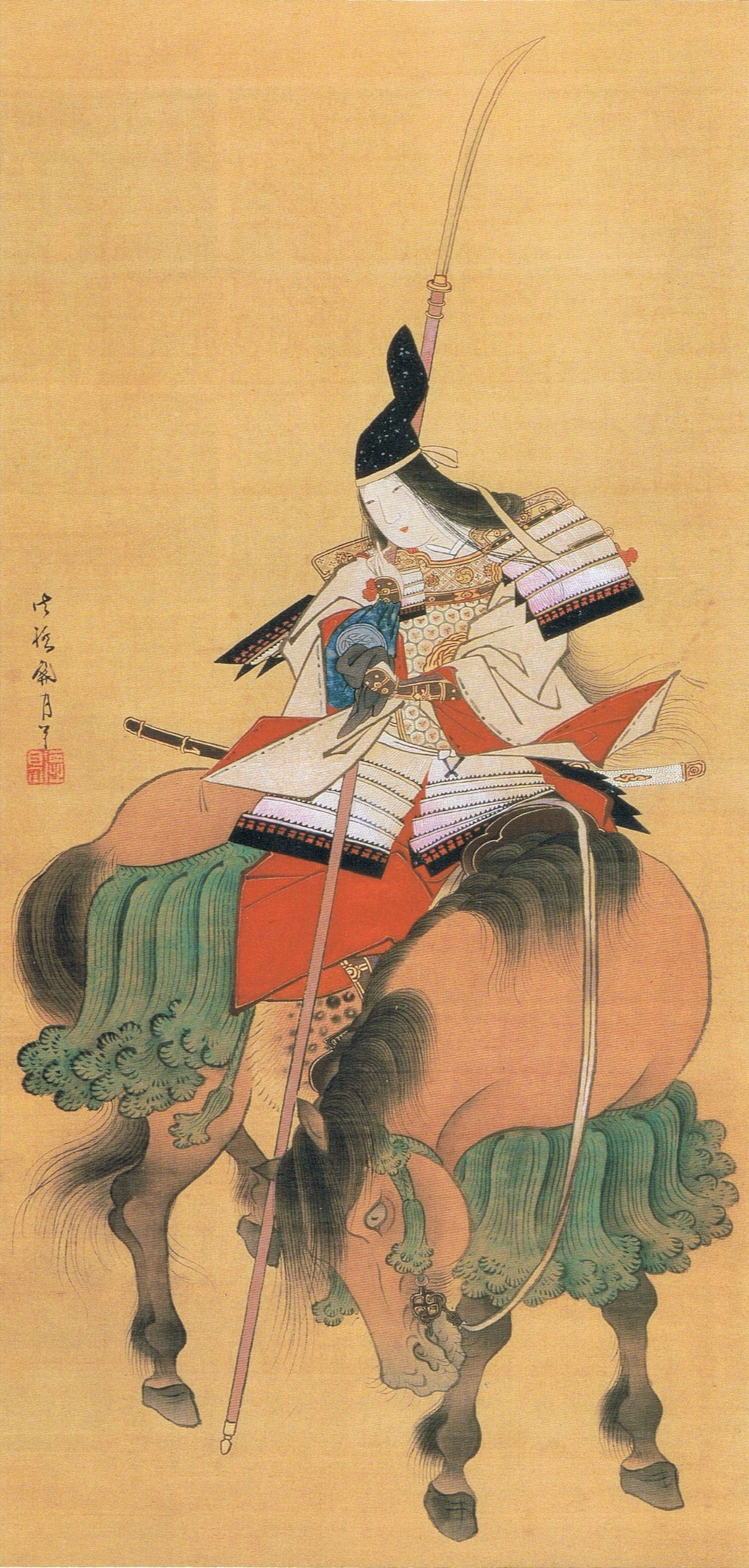

Tomoe Gozen’s work as a woman samurai was remarkable not only for her exceptional skill in combat but also for the challenges she faced in a predominantly male-dominated field. Samurai class women were a rarity in feudal Japan. As a woman in a society deeply rooted in patriarchal norms, Tomoe Gozen defied traditional gender roles by actively participating in warfare alongside male samurai.
One notable aspect of Tomoe Gozen’s work as a woman samurai in the warrior class was her ability to excel in combat despite societal expectations that women should primarily fulfill domestic roles. While male samurai were trained from childhood to become warriors, women were typically expected to manage the household and support their husbands and families. However, Tomoe Gozen’s upbringing in a samurai household likely provided her with access to martial training and exposure to the values of Bushido, allowing her to develop the skills necessary to become a formidable warrior.
In comparison to male samurai, Tomoe Gozen and other female warriors faced unique challenges and obstacles due to their gender. Despite her martial prowess, she may have encountered skepticism and resistance from male peers who viewed her participation in warfare as unconventional or even inappropriate. However, her undeniable talent and bravery on the battlefield ultimately earned her the respect and admiration of her fellow samurai, regardless of gender.
Additionally, Tomoe Gozen’s role as a woman samurai may have also differed in terms of societal expectations and cultural norms. While male samurai were expected to adhere to the code of Bushido and demonstrate loyalty, honor, and courage in battle, Tomoe Gozen’s actions may have been scrutinized more closely due to her gender. Nevertheless, her unwavering dedication to her lord and her exceptional skill in combat allowed her to transcend gender expectations and become a legendary figure to Japanese women and all those who study Japanese history.
Other Women of Warfare in Japanese History and Folklore


Beyond Tomoe Gozen, several Japanese women are lauded in folklore and history for their contributions. Bear in mind that the historical veracity of some of these figures of both ancient Japan and modern Japan is subject to debate due to the passage of time and the blending of historical fact with legend. While some, like Empress Jingū, are considered semi-legendary and their exploits may be embellished or mythologized, others, such as Tomoe Gozen and Nakano Takeko, are more firmly rooted in historical accounts and records. Let’s take a closer look at their contributions.
Fuel your creative fire & be a part of a supportive community that values how you love to live.
subscribe to our newsletter
*please check your Spam folder for the latest DesignDash Magazine issue immediately after subscription


Tsuruhime
Tsuruhime, also known as Princess Tsuru, was a legendary figure in Japanese history. She was the daughter of Ōuchi Yoshihiro, a powerful daimyo (feudal lord) in the Sengoku period of Japan. Tsuruhime is celebrated for her bravery and leadership during the Siege of Kozuki Castle in 1578, where she defended her family’s stronghold against the attacking forces of the Amago clan.
Despite being a woman, Tsuruhime demonstrated exceptional skill in combat and strategic acumen, leading her troops with courage and determination. She is said to have fought alongside her soldiers on the battlefield, inspiring them with her bravery and resolve.
Tsuruhime’s story has been immortalized in Japanese folklore and is celebrated as an example of female heroism in the face of adversity. She remains a revered figure in Japanese history, embodying the virtues of courage, loyalty, and strength.
Hōjō Masako
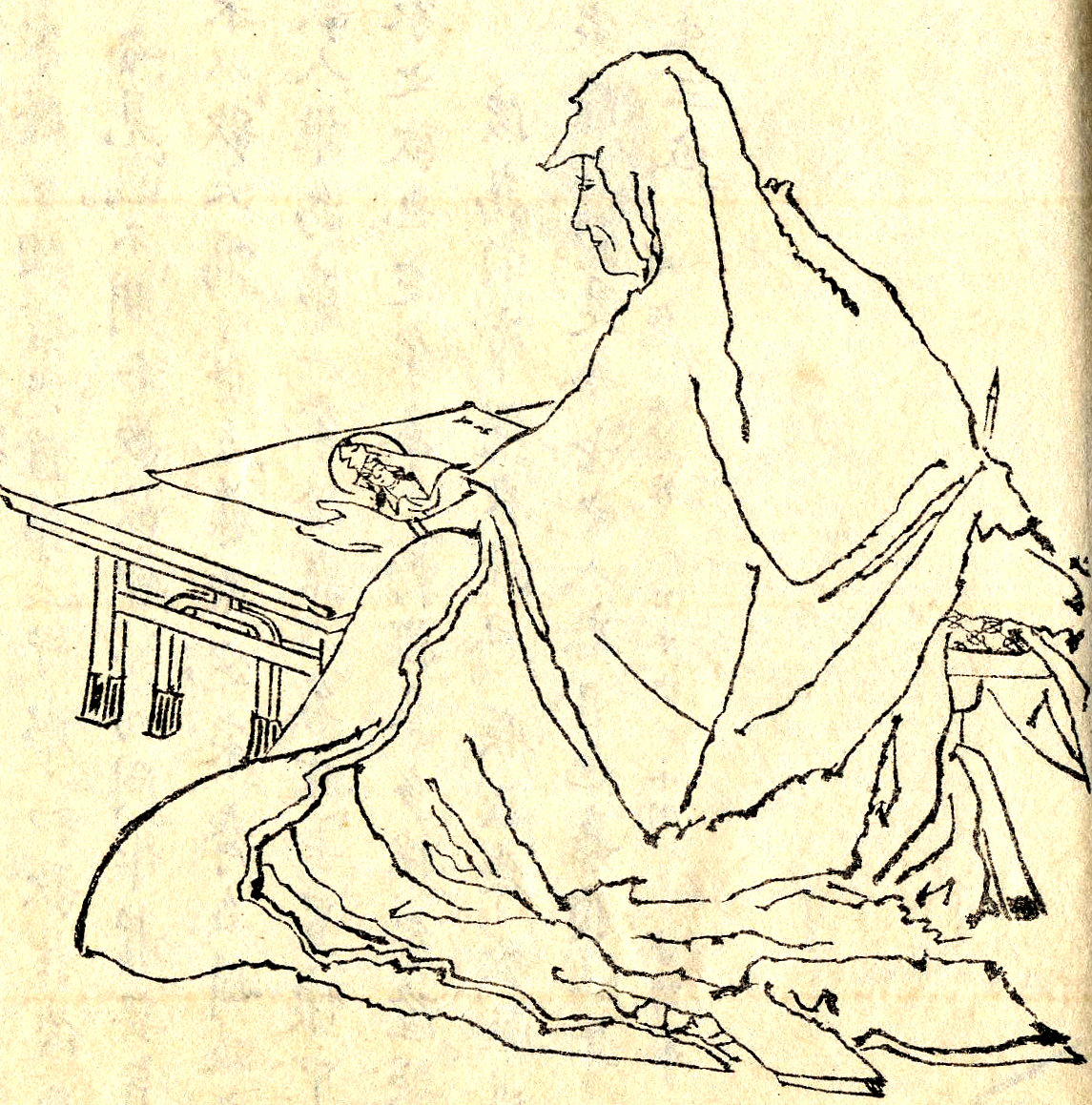

Known as the “Nun Shogun,” Hōjō Masako was the wife of Minamoto no Yoritomo, the founder of the Kamakura shogunate. After her husband’s death, Masako played a crucial role in consolidating the shogunate’s power and shaping its policies. She was known for her political acumen and influence behind the scenes, earning her a place as one of the most influential women in Japanese medieval history.
Nakano Takeko
A prominent female warrior during the Boshin War (1868-1869), Nakano Takeko fought as a member of the Aizu domain’s Byakkotai (White Tiger Corps). She led a group of women warriors known as the Joshitai in defending the Aizu domain against Imperial forces. Takeko died in battle at the age of 21, but her bravery and leadership continue to be celebrated in Japan.
Hangaku Gozen
Another female warrior of the Genpei War, Hangaku Gozen was the daughter of the governor of Kiso province. She led a group of defenders during the Siege of Torisakayama Castle, where she fought valiantly against the besieging forces of the Taira clan.
Empress Jingū
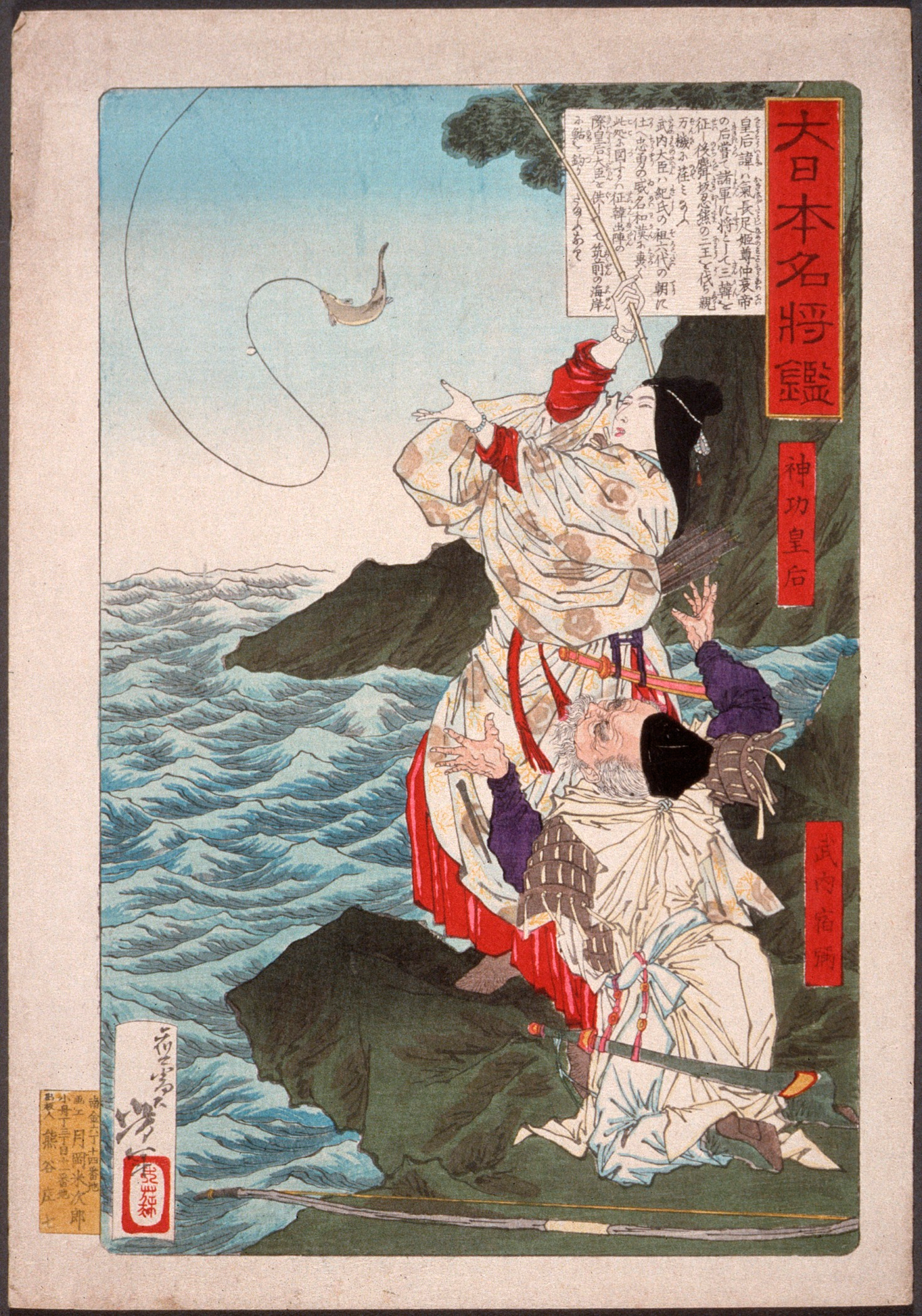

Empress Jingū is a semi-legendary figure in Japanese history, believed to have led an invasion of Korea in the 3rd century AD. According to legend, she led her troops to victory while pregnant, and her son became Japan’s next emperor. While the historical accuracy of her exploits is debated, she remains an iconic figure in Japanese folklore and history.
Tomoe Gozen’s Role in the Genpei War
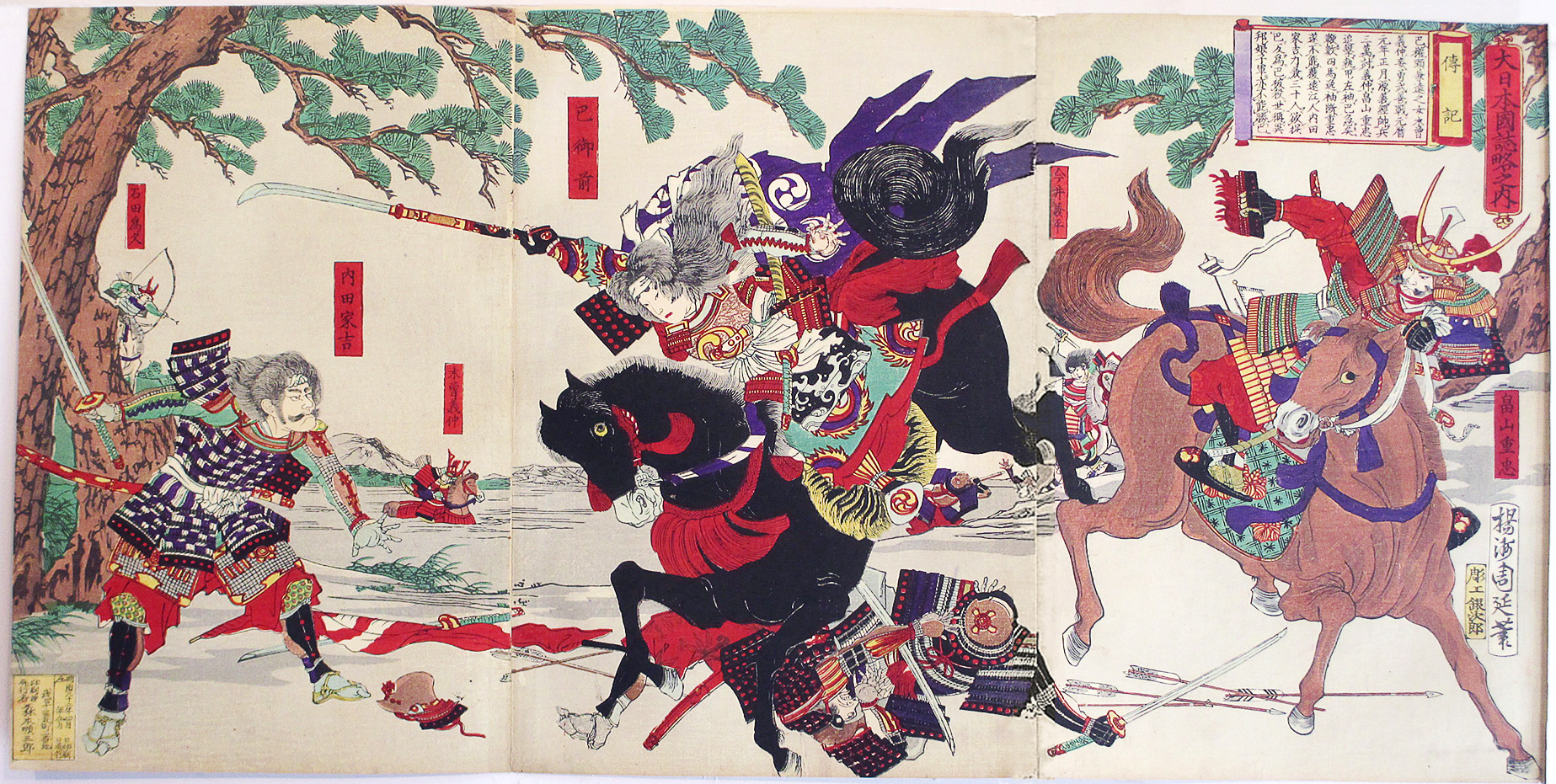

The Genpei War, which raged from 1180 to 1185 during the Warring States period, was a defining conflict in Japanese history, marking the culmination of a power struggle between the influential Taira and Minamoto clans. Sparked by political tensions and a struggle for control over the imperial court, the war encompassed numerous battles across Japan and ultimately led to the downfall of the Taira clan and the ascendance of the Minamoto clan to power. The war’s significance extended beyond mere military conquest, shaping the trajectory of Japanese society and governance for centuries to come.
Tomoe Gozen’s Participation in Key Battles
Tomoe Gozen’s participation in the Genpei War was marked by her involvement in several crucial battles, where her bravery and skill on the battlefield became legendary. In the Battle of Awazu, Tomoe Gozen fought alongside her lord, Minamoto no Yoshinaka, against the Taira forces. Her leadership and combat prowess were instrumental in securing a decisive victory for the Minamoto clan.
Similarly, at the Battle of Yokotagawara, Tomoe Gozen distinguished herself in combat, leading charges and rallying her fellow warriors to overcome the enemy. In the pivotal Battle of Uchide no Hama, Tomoe Gozen’s valor and strategic insight played a critical role in turning the tide of battle in favor of the Minamoto forces, ultimately contributing to their ultimate triumph in the Genpei War.
Leadership and Combat Prowess Demonstrated by Tomoe Gozen
Throughout the Genpei War, Tomoe Gozen’s leadership and combat prowess were widely acknowledged and celebrated. As a woman samurai fighting alongside her male counterparts, she defied societal expectations and earned the respect of her peers through her exceptional skill and bravery in battle.
Tomoe Gozen’s ability to lead troops into combat, make strategic decisions under pressure, and inspire her fellow warriors set her apart as a remarkable figure in Japanese military history. Her unwavering loyalty to her lord, coupled with her unparalleled martial abilities, solidified her legacy as one of the most formidable warriors of her time, leaving an indelible mark on the annals of the Genpei War and Japanese warfare as a whole.
Tomoe Gozen’s Legacy and Impact
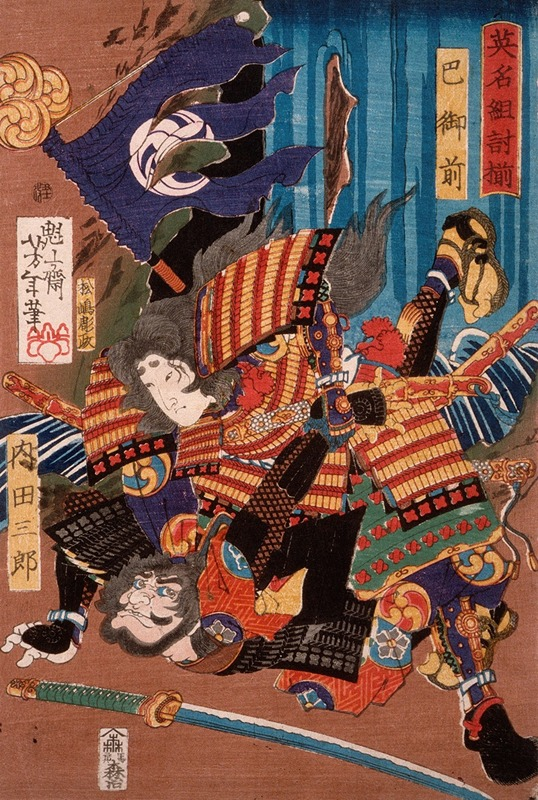

Tomoe Gozen’s reputation among her contemporaries was one of awe and admiration. Her courage, skill, and leadership on the battlefield earned her the respect of both allies and adversaries alike. Accounts from the time speak of her as a fierce warrior, renowned for her prowess with the bow and sword, as well as her strategic acumen in battle.
Tomoe Gozen’s loyalty to her lord, Minamoto no Yoshinaka, was unwavering, further enhancing her standing among her peers as a paragon of samurai virtues. Her exploits in the Genpei War solidified her reputation as one of the greatest warriors of her era, leaving an indelible mark on Japanese military history.
Cultural Significance and Portrayal in Literature and Art
Tomoe Gozen’s legacy has transcended the annals of history, capturing the imagination of generations through various forms of literature and art. Over the centuries, she has been immortalized in numerous works of literature, theater, and art, each portraying her as a symbol of courage, strength, and resilience.
From epic tales recounting her feats in battle to dramatic performances showcasing her martial prowess, Tomoe Gozen has become a celebrated figure in Japanese culture, revered for her indomitable spirit and unwavering dedication to duty. Countless paintings, woodblock prints, and sculptures have depicted her likeness, further cementing her status as a cultural icon and inspiring countless individuals with her legendary tale.
Influence on the Perception of Women in Warfare
Tomoe Gozen’s remarkable achievements as a woman warrior have had a profound influence on the perception of women in warfare, challenging traditional gender roles and stereotypes. Her fearless participation in the male-dominated world of samurai warfare shattered societal expectations, demonstrating that women were equally capable of wielding power and excelling in combat.
Tomoe Gozen’s legacy has served as an inspiration for generations of women, empowering them to defy limitations and pursue their ambitions with courage and determination. Her story continues to resonate today as a testament to the resilience and strength of women in the face of adversity, inspiring individuals around the world to embrace their inner warrior and strive for greatness, regardless of gender.
Controversies and Historical Debates
Despite being a celebrated figure in Japanese history and folklore, Tomoe Gozen’s existence has been the subject of scholarly debate and scrutiny. Some historians have raised questions about the authenticity of her existence, pointing to inconsistencies in historical records and the lack of concrete evidence to support her existence as a historical figure.
The absence of contemporaneous accounts specifically mentioning Tomoe Gozen has led some to argue that she may have been a fictional character or a composite of multiple historical figures. However, proponents of Tomoe Gozen’s existence argue that she is mentioned in medieval Japanese texts such as “The Tale of the Heike,” which lends credibility to her historical significance.
Debates Surrounding Her Actual Role and Achievements in the Genpei War
Even among scholars who accept Tomoe Gozen as a historical figure, there are debates surrounding her actual role and achievements in the Genpei War. While some accounts portray her as a fearless warrior who fought bravely on the battlefield and played a significant role in key battles, others suggest that her role may have been exaggerated or romanticized over time. Critics point to the fact that most historical records were written by male authors and may have downplayed or overlooked the contributions of women like Tomoe Gozen.
Additionally, the lack of detailed accounts and conflicting narratives make it difficult to ascertain the true extent of her involvement in the Genpei War. Despite these debates, Tomoe Gozen remains a revered figure in Japanese history and continues to capture the imagination of people around the world with her legendary tale of courage and resilience.
Final Thoughts on Tomoe Gozen
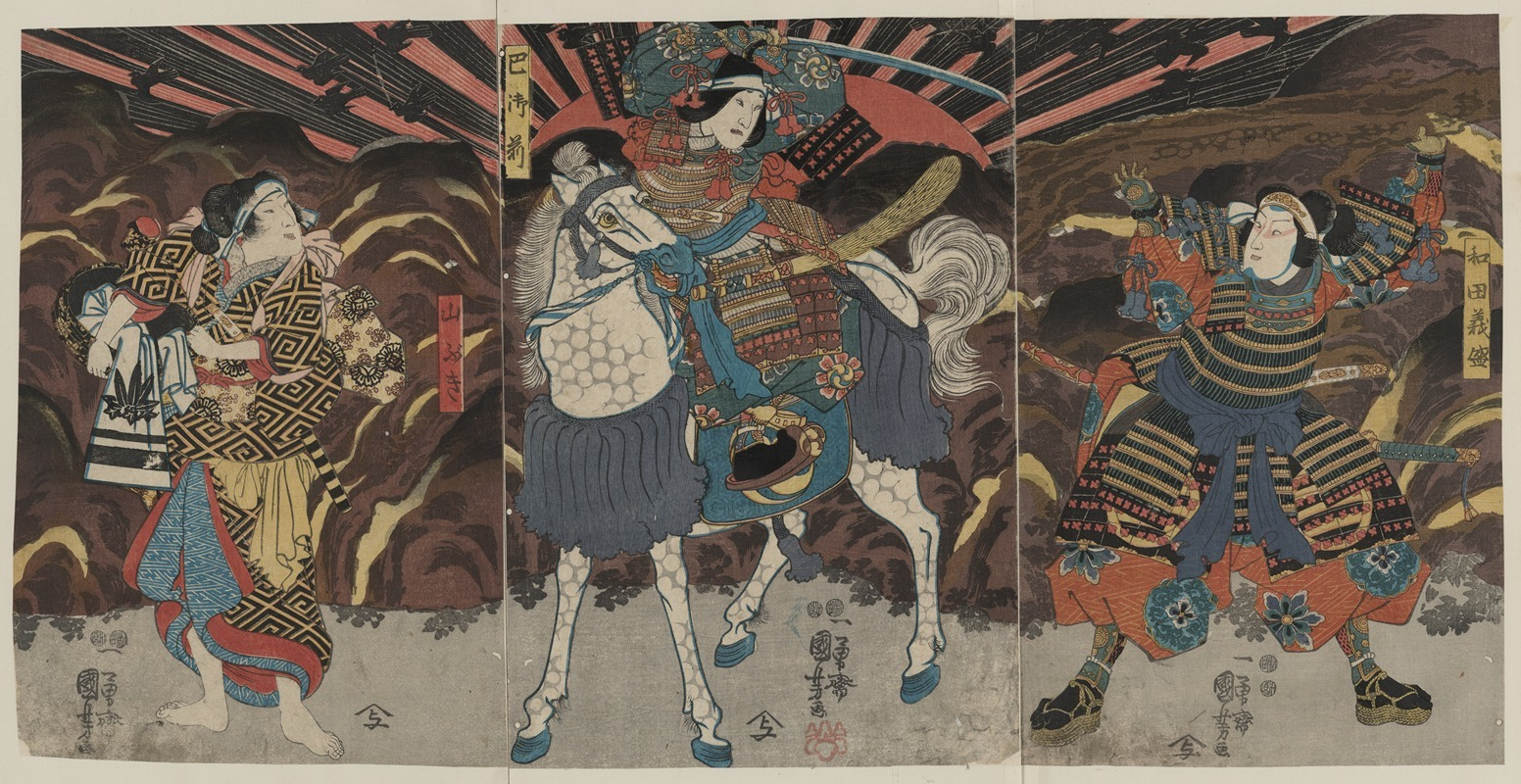

Whether historical or legendary, the enduring legacy of Tomoe Gozen continues to fascinate and inspire generations. Her portrayal as a brave and skilled warrior in Japanese history and folklore has left an indelible mark on the cultural fabric of Japan. Regardless of the controversies surrounding her existence and the debates about her actual role in the Genpei War, Tomoe Gozen symbolizes the resilience and courage of women in the face of adversity. Her story serves as a reminder of the often-overlooked contributions of women to medieval Japanese society and warfare.
Studying figures like Tomoe Gozen provides valuable insights into the complexities of gender dynamics, societal expectations, and the role of women in shaping historical events. By examining her life and legacy, we gain a deeper understanding of the multifaceted nature of Japanese history and the enduring impact of individuals who defy conventions and challenge the status quo. Tomoe Gozen’s story serves as a beacon of empowerment and inspiration, reminding us of the importance of recognizing and honoring the contributions of women in shaping the course of history.
Design Dash
Join us in designing a life you love.
-
What is Tax-Loss Harvesting, Is It Legal, and Does It Build Wealth?
A legal and simple strategy, tax-loss harvesting helps you offset capital gains and grow your wealth by reducing your tax bill.
-
DesignDash Guide: Create the Ultimate Fall Capsule Wardrobe
Build a fall capsule wardrobe to streamline your style, save time, and support sustainability with versatile, high-quality pieces.
-
How to Support a Partner Who is Making a Major Career Change
Wondering how to be a supportive partner during periods of transition? Here’s how to care for your partner (and yourself) during this time.
-
How Dollar-Cost Averaging Can Help You Navigate Market Volatility
Learn how dollar-cost averaging (DCA) can help you grow your wealth with consistency and ease, even during market volatility.
-
Fall Meal Prep: Maximizing Space for Soups, Stews, and Bakes
From decluttering your pantry to creating a cozy prep station you’ll actually enjoy, here’s how to organize your kitchen for fall meal prep.
-
Looking to the Future? Maybe It’s Time to Refresh Your Firm’s Brand
Your interior design business shouldn’t have to rebrand every time you open a new studio or add a new service, but it might need a brand refresh.








